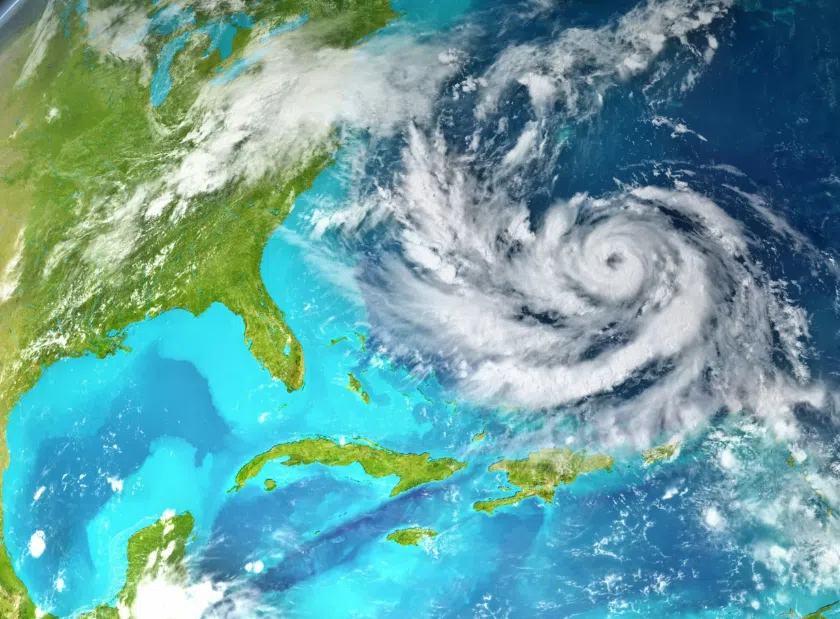Now Reading: Caribbean Climate Watch: Hurricane Risk Rises Alongside Extreme Heat
-
01
Caribbean Climate Watch: Hurricane Risk Rises Alongside Extreme Heat

Caribbean Climate Watch: Hurricane Risk Rises Alongside Extreme Heat
As the 2025 Atlantic hurricane season approaches, forecasters are sounding the alarm: the Caribbean is likely to face an above-normal level of activity, with up to 10 hurricanes and 5 major storms predicted. These forecasts arrive as the region simultaneously grapples with the wet and hot seasons, compounding the risk of severe weather impacts.
According to the National Oceanic and Atmospheric Administration (NOAA), this year’s outlook includes 13 to 19 named storms, with 6 to 10 becoming hurricanes, and 3 to 5 potentially strengthening into major hurricanes (Category 3 or higher). Experts attribute this uptick in storm activity to unusually warm Atlantic sea surface temperatures and the potential return of La Niña conditions, both of which can intensify storm development.
Dr. Cédric J. Van Meerbeeck, climatologist at the Caribbean Institute for Meteorology and Hydrology (CIMH), warns that Caribbean residents should prepare for a volatile season. He highlights the risks of stronger storms, extreme heatwaves, and more intense rainfall events. These overlapping climate threats, especially when combined, could lead to flooding, landslides, and heat-related health emergencies.

“Given how hot the seas are around the Caribbean, we predict a season at least as active as the historical average-about 14 named storms, 7 hurricanes, and 3 major hurricanes”, Van Meerbeeck said. “But it could go as high as 18 or 19 storms, up to 10 hurricanes, and even 4 to 5 major hurricanes in a worst-case scenario.”
Wet season
While the wet season is crucial for agriculture and water supply, it also brings hazards. “It’s not the regular rain that causes the most problems; it’s the extreme rainfall events,” he warned. These can lead to flash floods and cascading disasters. Residents should be particularly cautious when forecasts predict unusually high rainfall. Van Meerbeeck added that the wet season may also include dry spells lasting one to 2 weeks, which can dry out the land and harm crops at the peak of the heat season.
Saharan dust helps suppress storm formation by cooling the atmosphere
He explained that one unpredictable factor in the seasonal forecast is the plumes of Saharan dust that blow off West Africa. These dust plumes often drift into the Caribbean during the summer, helping to suppress storm formation by cooling the atmosphere and drying the air. However, dust forecasts are only reliable a week or two in advance.
“If dust levels are low, Scenario A, we can expect a steady ramp-up in storm activity and extreme rainfall through September. If dust is frequent, Scenario B, we could see more erratic patterns with suppressed hurricane activity, but more intense heatwaves and occasional dry spells.”
The 2025 hurricane season officially spans June 1 to November 30, and Caribbean communities are urged to stay alert, follow official weather updates, and begin emergency preparations now. With the region facing escalating climate pressures, proactive planning is essential to safeguard lives, livelihoods, and infrastructure.




























